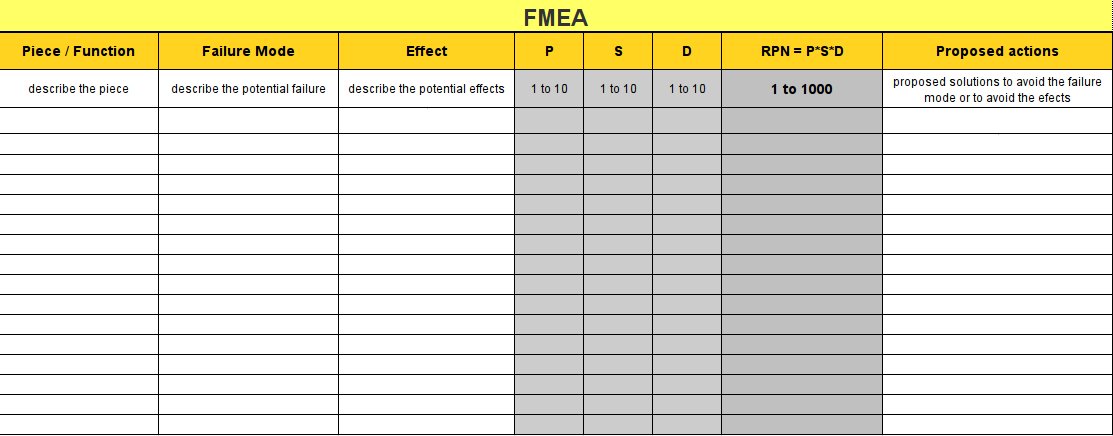Kano Analysis: Product development thinking in the customer satisfaction
The Japanese model developed by Noriaki Kano consists on study the features that we are going to add during to our product during its development. The poit is to think in obtain customer satisfaction without adding features that do not add value.
The Kano characteristics
Kano proposes to classify the consumer preferences into several categories according to these aspects:
– Attractive factors.
– Linear or normal factors.
– Essential or basic factors.
– Indifferent factors.
– Refusal or contrary factors.
Attractive factors: These are the product characteristics or attributes that provide customer satisfaction when they are present, but at the same time they do not cause dissatisfaction when they are not present. Generally they are attributes that customers don’t expect, so when they are present it’s going to produce satisfaction and surprise in the consumer. (For example, in a car, put automatic headlights or other features that aren’t normally included).
Linear or normal factors: These are the characteristics that produce satisfaction when they are present and dissatisfaction when not. They tend to be the main characteristics of the product, which the customer chooses a product or brand. (For example, in a car, they can be the engine power, the consumption…).
Essential, basic or “should be” factors: They are attributes that are assumed to be present, and if they aren’t, it creates dissatisfaction. That is, by adding them you are not going to create any kind of customer satisfaction, but their absence will cause dissatisfaction. They are usually the basic features inherent in the product. (For example, in a car, it have to have seats, wheels, ceiling, lights, air conditioner…).
Indifferent factors: This refers to the attributes that are not perceived as either good or bad, and therefore will not produce any sensation on the customer. Therefore, it can be removed, saving costs and without decrease your sales. (For example, in a car, they are the accessory items that many users do not use ever).
Rejection Factors: Those that when are present, the customer perceives them as negative. You should avoid them because they increase the cost production and the sales will decrease. (For example, in a car designed for executives, perhaps brightly colored seats or a flashy stickers may not attract to potential consumers because it not fits in with what they are looking for).
Designing the product taking into account the customer expectations
Kano analysis give us a way to study and classify the most relevant product or service attributes, to know what of them are the most suitable for each type of customer.
The purpose of the method is to optimize the specifications of each product, adding only the features necessary to provide the customer satisfaction and removing the irrelevant ones or the features that create us more costs than benefits.
The “basic end” products will have only the essential features (and of course, they will be cheaper), the mid-range products will also include certain linear features. Finally, the luxury products, will have all linear features plus some other attractive features to cause surprise and delight in the customer.
Original post (in Spanish): http://www.pdcahome.com/kano-analisis/

